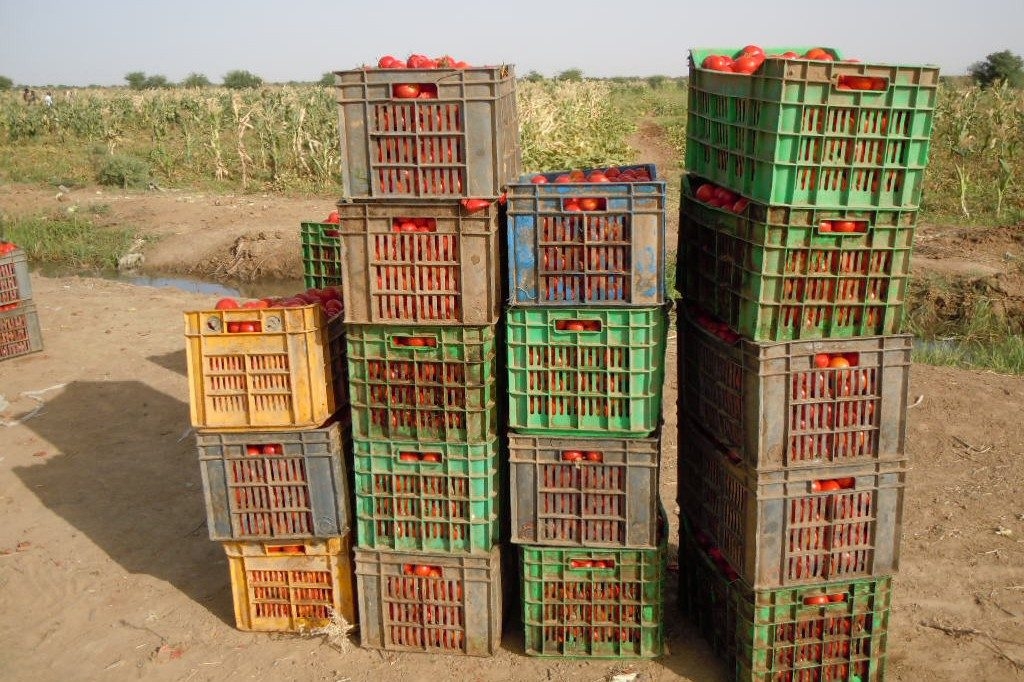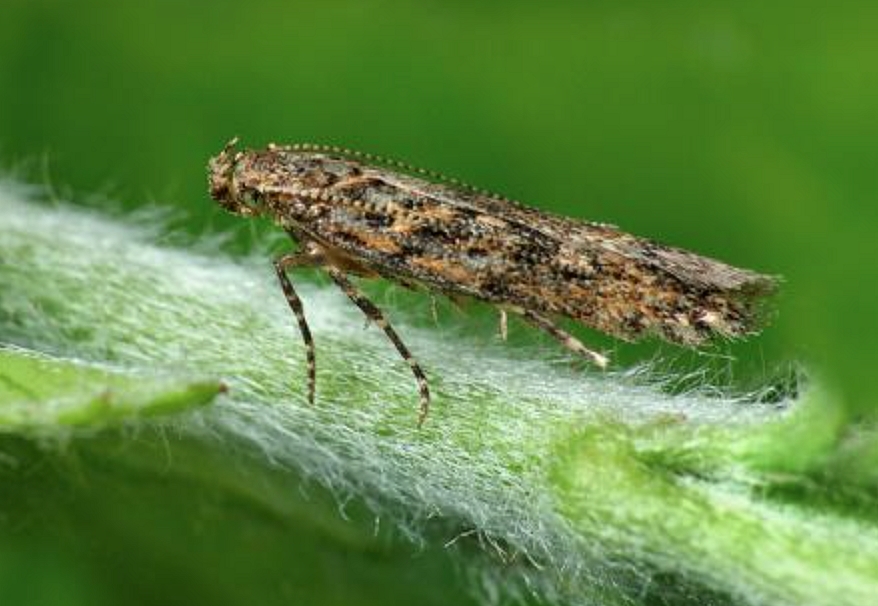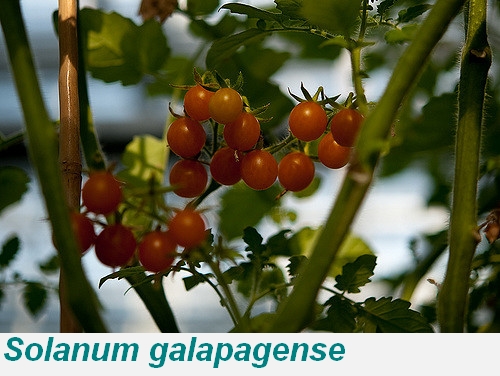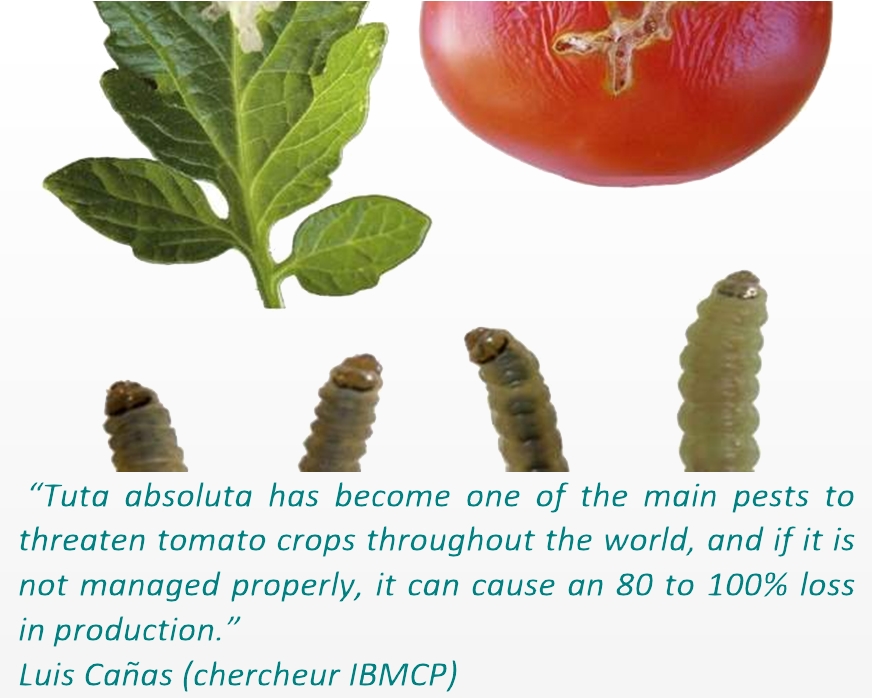Respect for your privacy is our priority
The cookie is a small information file stored in your browser each time you visit our web page.Cookies are useful because they record the history of your activity on our web page. Thus, when you return to the page, it identifies you and configures its content based on your browsing habits, your identity and your preferences.
You may accept cookies or refuse, block or delete cookies, at your convenience. To do this, you can choose from one of the options available on this window or even and if necessary, by configuring your browser.
If you refuse cookies, we can not guarantee the proper functioning of the various features of our web page.
For more information, please read the COOKIES INFORMATION section on our web page.


 A modelling system to track the tomato leafminer
A modelling system to track the tomato leafminer
 Cultivated tomatoes are easily affected by pest insects. One is the whitefly, which transmits viruses that infect the plants and eventually kill them. This fly is normally controlled by pesticides. “If we can make cultivated tomatoes resistant to whiteflies, this will directly benefit the environment,” Vosman states.
Cultivated tomatoes are easily affected by pest insects. One is the whitefly, which transmits viruses that infect the plants and eventually kill them. This fly is normally controlled by pesticides. “If we can make cultivated tomatoes resistant to whiteflies, this will directly benefit the environment,” Vosman states. In order to face this threat, it is necessary to reinforce the various defense mechanisms of the plant. One of the alternatives being studied involves incorporating defensive genes into the plants thanks to genetic engineering techniques. Some of these genes can belong to other plant species that are quite a distant from phylogenetic point of view, such as the protease inhibitors found in barley.
In order to face this threat, it is necessary to reinforce the various defense mechanisms of the plant. One of the alternatives being studied involves incorporating defensive genes into the plants thanks to genetic engineering techniques. Some of these genes can belong to other plant species that are quite a distant from phylogenetic point of view, such as the protease inhibitors found in barley.


























